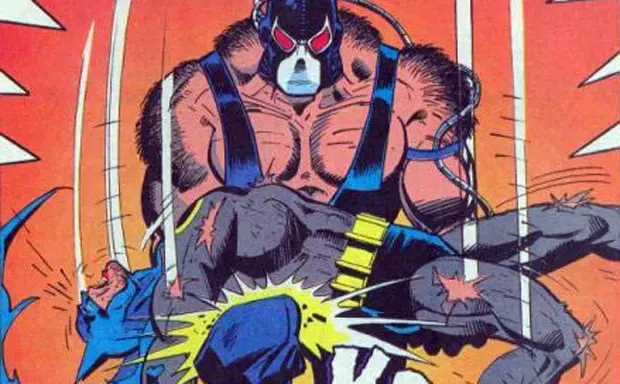Rep Speed & Training Intensity
- Tuomas Anttila
- Oct 21, 2020
- 3 min read
Rep speed is no secret in the realm of fitness and training. Tempo work has been around for decades, with Poliquin helping bring its importance back to popularity. It’s widely known that for strength work generally, we want to control the eccentric and be explosive on the concentric portion of the rep. For hypertrophy, controlled eccentrics and concentrics are the way forward. But rep speed, more specifically the concentric speed isn’t often used in conjunction with analysing training intensity, not consciously anyway. Any trainee who has pushed a set to failure – and for the purposes of my point, let’s assume that it was true muscular failure, not cardiovascular fatigue and lack of willpower – knows that reps start to become a grind towards the end. Reps that would normally take 1 second on the concentric start to become 2 or 3 seconds and excruciatingly painful. So how does rep speed factor into training intensity and hypertrophy improvements?
Well, if you’re reading this then odds are you’re at least partly interested in putting on more muscle than you currently have on your frame. Odds are also that you’re already training fairly hard, but perhaps not always sure how close you are to failure when you finish a set. Reps in reserve (RIR) and Rate of Perceived Exertion (RPE) are useful, but they take some time to master and be able to truthfully use for evaluating intensity. If you read the ‘Progressive Overload’ article on this site, you’ll be familiar with how muscular failure can often be mistaken for cardiovascular fatigue and lactate build-up, especially on high rep sets where the high recruitment muscle fibres take some time to fatigue. On low rep sets, failure is usually unmistakable; you simply won’t be able to move the weight anymore as your ability to produce force no longer meets the requirements dictated by the load.
This is where considering concentric rep speed can be useful. Once both low and high recruitment muscle fibres start to fatigue, the speed at which you can move the weight concentrically will involuntarily start to slow down. This is no secret because we’ll always fail concentrically first, after which we can still extend a set by doing isometrics or forced eccentrics to completely ‘burn’ out the muscle. Anecdotally, I’ve found that once this point of involuntarily slowing down the rep speed on concentrics is reached, I usually have another 4-5 reps left in the tank before I reach muscular failure. Arguably, this would also be technical failure, but the two go hand in hand, as, once technique goes, your ability to recruit the target muscles safely and effectively is no longer there. If you picture a barbell bicep curl, the point after which muscular failure is reached often results in the trainee throwing their elbows up and extending their hips and lumbar spine to get the bar up to chin level to compensate.
It’s worth considering, that even though you may still be 4 or 5 reps short of muscular failure once the rep speed starts to slow significantly, the exercise in question will often dictate how close to that point of failure the set is taken. The risk to reward should still be factored in, as some exercises can be taken to failure safely, while others may actually be more productive to stay a few reps short of failure with recovery in mind.
Pulling faces and grunting in the gym during sets may mean that you’re working hard, but not that you’re actually stimulating your muscles to the extent that they could be. If the goal is getting more jacked, then it requires training close to failure, especially in intermediate to advanced individuals. Beginners need not regard concentric rep speed as virtually every workout they do if they’ve never trained before will yield progressive overload and adaptive responses. But for the more advanced trainees, your programme may call for 3 x 10-12 reps, and too often this becomes a crutch and a limiter. You may have had another 6 reps before reaching failure, but ending the set at 12 because the programme said so will leave a lot on the table. Next time you’re in the gym, use your rep range as the guide to select the appropriate weight, but don’t be afraid to extend the set further if your reps stay the same speed throughout, no matter how much the muscle burns. You’ll greatly improve your training and also likely learn a lot about appropriate weight selection.




Комментарии